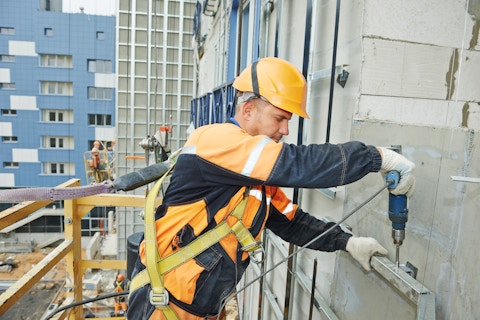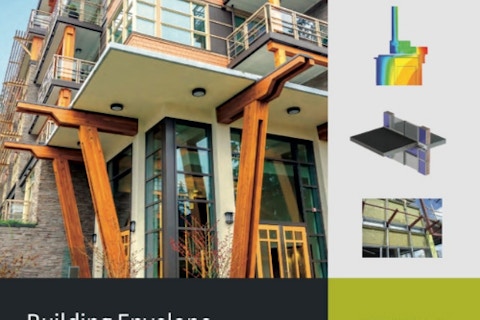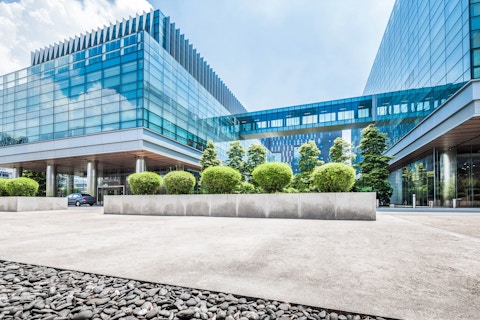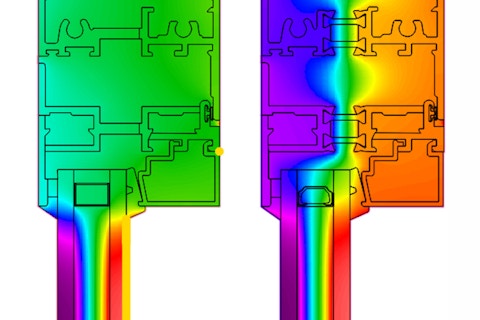
Facades Education in the Time of the Pandemic—Perhaps We Can Learn Something from This?
Earlier this year, higher education institutions made swift decisions to move classes online—faculty members around the world had to convert their lectures, studios, labs, seminars and discussions to online platforms in order to stop the spread of COVID-19. In most cases, this shift was very fast, and occurred over a few days. Initially, it seemed that the online classes may be temporary, but now we know that is not the case.
The perspectives on online education are polarized and cover a wide spectrum—some praise its flexibility and convenience, while others assume that it lacks interaction present in physical classrooms and lecture halls or question its quality. Nevertheless, spring semester of 2020 will be remembered by many students, faculty, staff, and administrators for a very long time. And perhaps it will also be remembered as a game-changer for higher education because it made us realize that online education has indisputable benefits? The major benefit of online education is that we are not bounded by physical location and geography—it democratizes access to courses in an unprecedented manner. More importantly, it offers opportunities for continuing education for professionals unlike any other method. When we combine these two aspects, online classes could become the future of life-long learning.
This past March, I had to quickly transform the classes that I was teaching to online platforms—advanced graduate architectural studio and a seminar course on sustainable, high-performance facades. I have been teaching the facades seminar for the last seven years and developed a course that is highly praised by students, since it covers critical topics relating to high-performance facade systems, advanced materials, innovations in facade systems, and building performance analysis procedures. The first few weeks of the online classes were extremely successful—the only change was in the delivery mode—everything else remained the same, including the course content, projects, interactions with students, etc. Around the same time, in a meeting with the Facade Tectonics Institute’s Board, I mentioned to my colleagues that it might be worthwhile to offer this course as an online, continuing education course to professionals, which was very well received. And this is how an online, summer course at the University of Massachusetts Amherst was initiated, focusing on sustainable and high-performance facades. Teaching this summer course made me realize that facades education could be changed and improved. Thus, I would like to offer some findings and outcomes, and also offer recommendations for the future of facades education.
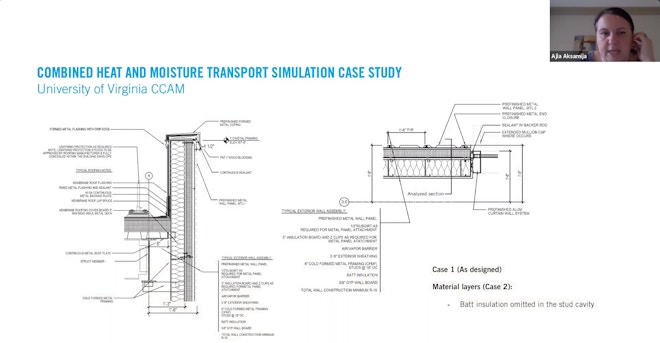

Figure 1: Example of an online lecture focusing on combined heat and moisture transport in opaque facade systems.
The course was held over a 6-week period, from May 18 to June 24, 2020, meeting two times per week for 3 hours, thus the total course duration was 36 hours. Two sections of the course were offered—one as a graduate-level course for students and one as a continuing education course for professionals, but both sections were meeting at the same time. Students received college credit for the course, while professionals did not—professionals solely enrolled for the purpose of gaining knowledge. Half of the participants were students, while the other half were professionals—architects, designers, and engineers. Some of the professionals had more than 20 years of industry experience, and some of the students were just starting graduate program in architecture, coming from a different field. Therefore, the backgrounds and prior experiences widely varied, but that was an important, advantageous aspect of the course. Engagement, discussions and sharing between students and professionals resulted in an interactive learning that is not very typical and seldom occurs in higher education.
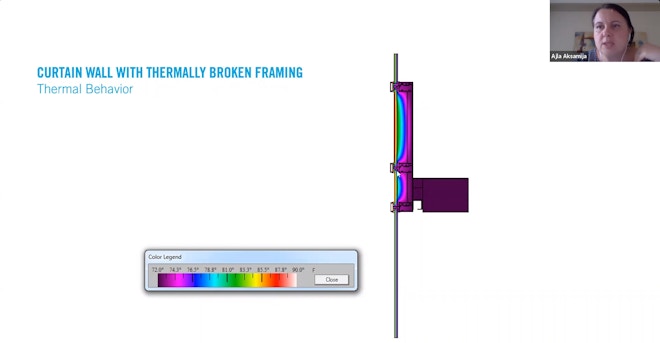
Figure 2: Example of an online lecture focusing on thermal behavior in facade systems.
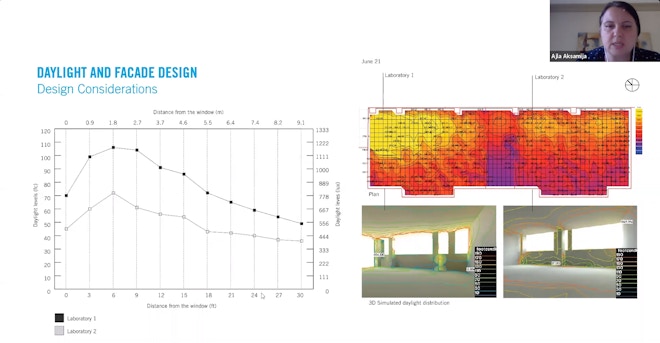
Figure 3: Example of an online lecture focusing on daylight and design considerations.
The material that was covered in this online course is typically covered over an entire semester, therefore, the schedule was quite condensed and packed. It covered different facade systems, climate-based approach for improving their performance, passive sustainable design techniques, impacts of facades on buildings’ energy consumption, building science relating to facades, occupants’ comfort (visual and thermal), daylight, advanced facade materials and systems, innovations in facades, and simulation and modeling tools that can be used during the design process to assess facade performance. Each class included extensive lectures on a specific topic, followed by discussions. Case studies were used throughout the course to demonstrate how specific design approaches are applied in practice. Some of the classes were structured as live demonstrations of simulation and modeling tools. Lastly, there were specific classes dedicated for students’ and practitioners’ presentations. Students were required to work on a project throughout the duration of the class, and to apply the acquired knowledge in analyzing facade performance of a specific case study. For professionals, the final project was optional, however, all professionals chose to work on a project. Interestingly, some of the professionals chose their current or previous architectural projects and proceeded with analyzing facade systems.
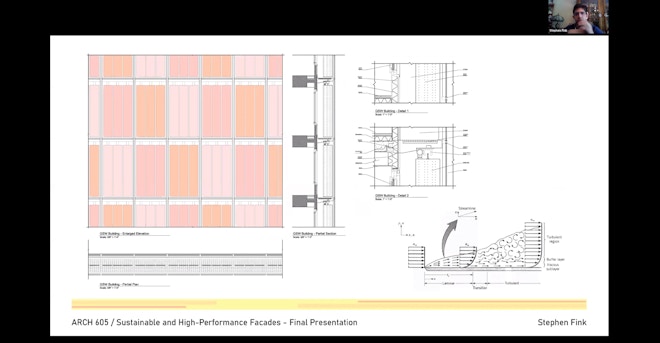
Figure 4: Example of a student’s project, focusing on double skin glazed facades.
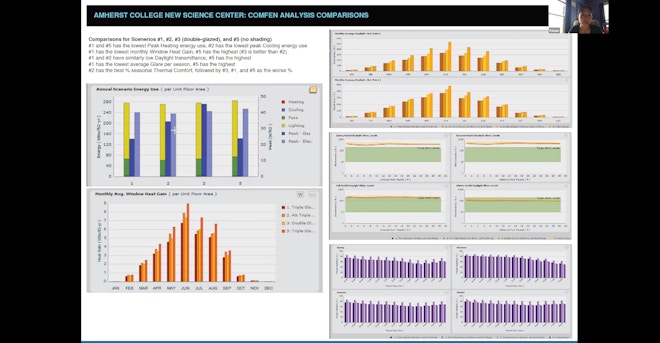
Figure 5: Example of a student’s project, analyzing facade performance.
The course was meeting synchronously over Zoom, from 11 am to 2 pm EST to allow participants from multiple time-zones to join, but classes were also recorded and made available for asynchronous instruction or later review. Students were mostly from Massachusetts, while the professionals were coming from different parts of the United States, Canada, and Europe.
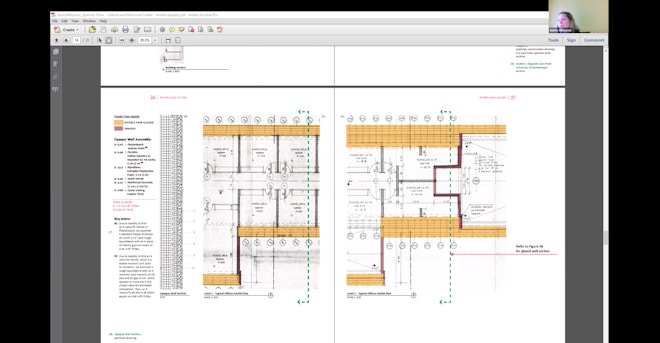
Figure 6: Example of a professional’s project, focusing on performance analysis of an existing facade and investigation of facade retrofit potentials.
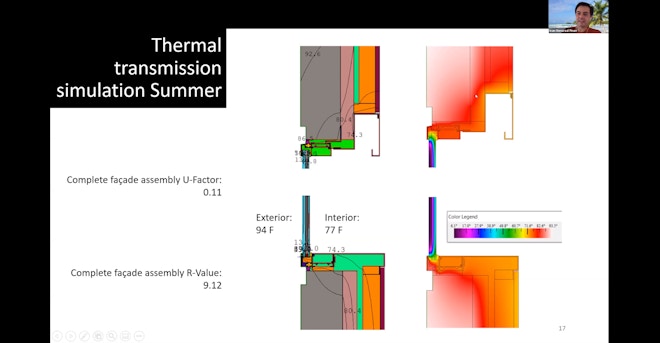
Figure 7: Example of a professional’s project, focusing on thermal analysis of a facade system.
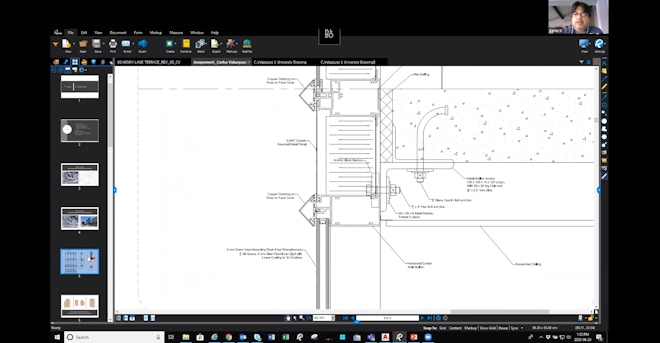
Figure 8: Example of a professional’s project, focusing on performance analysis of an existing curtain wall and retrofit possibilities to improve its performance.
Teaching this class was fantastic, and unlike any other course that I have taught over the last decade. As a professor, I learned a valuable lesson that promoting interaction and student engagement is absolutely possible in online classes—the delivery method does not affect this aspect as much as the course content, covered material, assignments, exercises and projects, and the students’ willingness to learn. I assumed this from the beginning, but one aspect that I did not realize at first—the potential in blending students and professionals in the same learning environment—turned out to be the silver lining of this course. The interaction and collaboration between students and professionals would not have been possible if this class was delivered in a traditional classroom setting. Moreover, the online instruction eliminated geographic barriers, and provided opportunities for people around the world to learn about sustainable, high-performance facades.
Which brings me to this question—perhaps this is the future of education, particularly facades education? It could very well be—the enormous benefit of online education lies in democratizing access to high-quality, structured learning material, regardless of one’s physical location. Moreover, integrating practice and education has a significant benefit for both sides. The students, in their evaluation of this course, expressed that it provided them with a clear understanding of what lies ahead, and how things actually work in practice. On the other hand, professionals expressed that the course gave them valuable knowledge and skills that they can implement in their practice immediately. And I will cherish this experience as an educator, and will use the lessons that I learned for structuring and organizing future courses.

Ajla Aksamija, PhD, LEED AP BD+C, CDT
Associate Professor
University of Utah
Looking for something specific?
Search our extensive library.
FTI’s SKINS email is the central source for the latest in building skin trends and research.
All emails include an unsubscribe link. You may opt out at any time. See our privacy policy.


